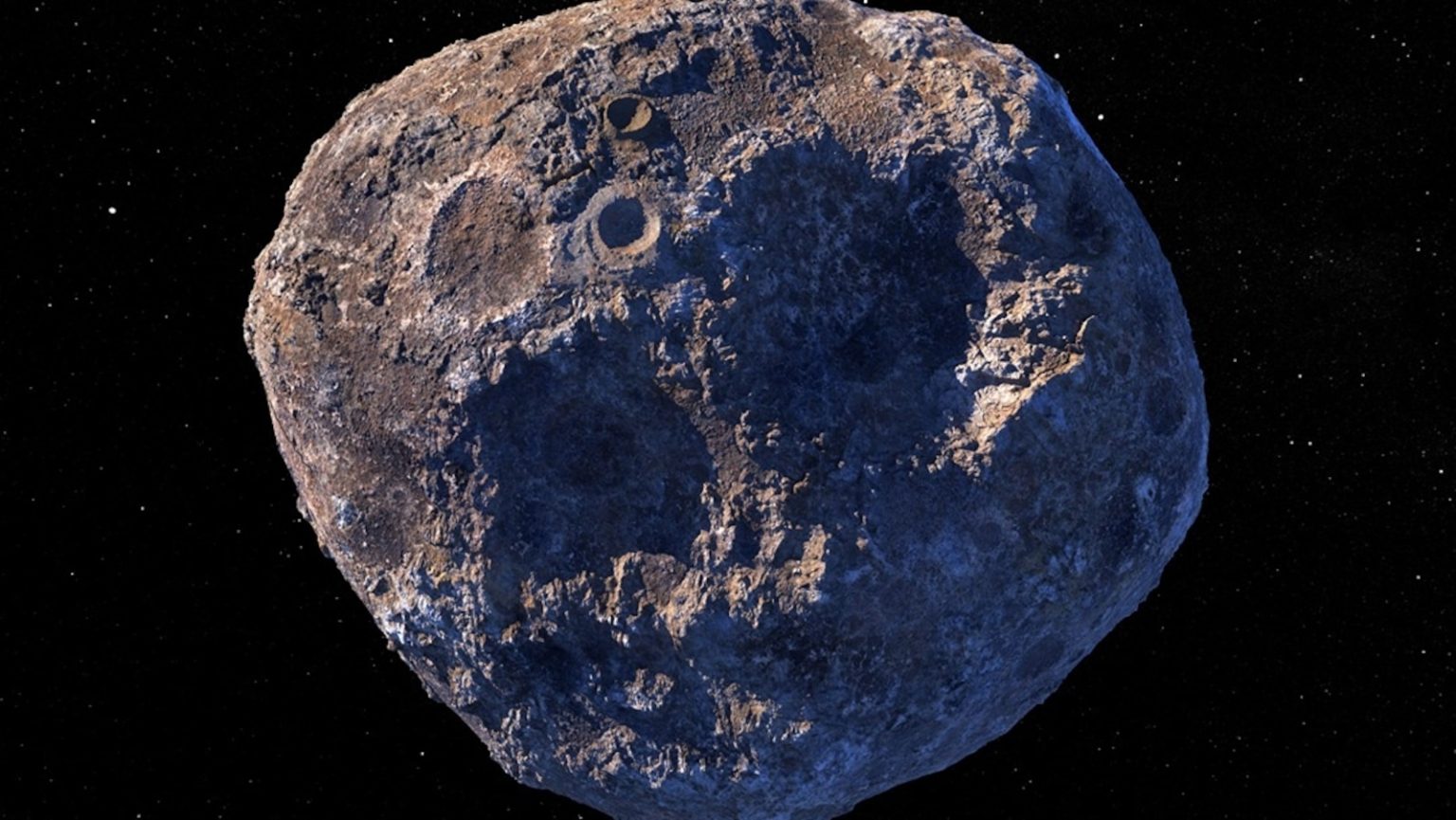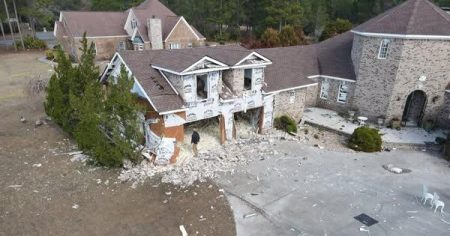A New Threat in Space: The Discovery of 2024 YR4
NASA astronomers have identified a new asteroid, named 2024 YR4, which has doubled its chances of potentially striking Earth within the next decade. The asteroid was discovered in late December, and initial predictions estimated a 1.3% probability of impact. However, recent updates have increased this likelihood to 2.1%. While this percentage may seem low, it is considered unusually high in the context of asteroid threats, according to experts like Davide Farnocchia, a navigation engineer at NASA’s Jet Propulsion Laboratory. This asteroid’s unusual orbit brings it close to Earth, making it a subject of heightened concern for astronomers worldwide.
The asteroid is currently moving away from Earth, but its elongated orbit will bring it back into our planet’s vicinity by December 2032, raising alarms about a potential collision. With its size estimated to be between 130 and 330 feet in diameter, 2024 YR4 is large enough to cause significant damage if it were to hit a populated area. For perspective, an asteroid of similar size, the Tunguska asteroid of 1908, flattened trees over an area of approximately 1,250 square miles when it exploded over Siberia. This historical event underscores the potential consequences of such an impact today.
The Uncertain Path of 2024 YR4
Astronomers are racing to gather as much information as possible about 2024 YR4 before it disappears from view in April 2028. Due to its unique orbit, the asteroid will not be visible again until 2028, leaving a critical gap in observational data. This window of uncertainty is causing concern, as scientists rely on precise measurements to predict the asteroid’s trajectory and potential impact.
To address this challenge, NASA has announced plans to use the James Webb Space Telescope, one of the most advanced telescopes in existence, to study the asteroid. By measuring the infrared light emitted by 2024 YR4, scientists can gain a more accurate estimate of its size and orbit. This data will be crucial in determining whether the asteroid is on a collision course with Earth and, if so, how to mitigate the threat.
A Rare and Worrying Probability
On the Torino Scale, which is used to categorize the impact hazard of near-Earth objects, 2024 YR4 currently ranks a 3 out of 10. Most asteroids and other space objects typically score a 0 on this scale, indicating no significant threat. A ranking of 3, however, signals that the asteroid is worth attention, as it could potentially cause localized damage if it were to strike a populated area. While the probability of impact is still relatively low, the increased likelihood from 1.3% to 2.1% has raised eyebrows in the scientific community.
Farnocchia emphasized that even a 2% chance is considered high in the realm of asteroid threats, where most objects have minimal or no chances of impact. This unusual probability has led NASA and astronomers worldwide to prioritize monitoring 2024 YR4 closely.
The Scientific Community’s Response
NASA is not alone in its efforts to track 2024 YR4. The global astronomy community is working tirelessly to monitor the asteroid using multiple telescopes and advanced technologies. By combining data from these sources, scientists hope to refine their predictions and reduce the uncertainty surrounding the asteroid’s path.
Farnocchia revealed that the asteroid is being tracked “every night,” demonstrating the urgency and seriousness with which the scientific community is treating this potential threat. This level of dedication underscores the importance of early detection and preparedness in addressing asteroid risks.
Global Collaboration and Preparedness
The discovery of 2024 YR4 serves as a stark reminder of the importance of global collaboration in monitoring near-Earth objects. Astronomers worldwide are uniting to study this asteroid and others like it, using cutting-edge tools and technologies to ensure that humanity is prepared for any potential threats from space.
While the chances of an asteroid impact remain low, the story of 2024 YR4 highlights the delicate balance between preparedness and uncertainty in the field of asteroid research. As scientists continue to monitor this space rock, the world watches with bated breath, hoping for the best but preparing for the worst.















